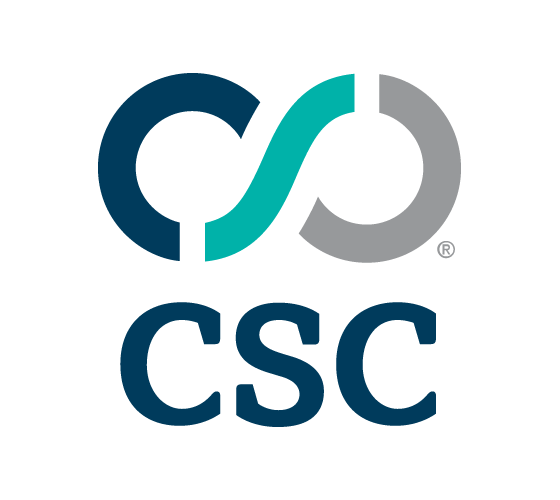


|
||
|
||

Low-orbit space is growing increasingly crowded. Starlink has over 7,100 satellites in orbit and has plans to grow to 30,000. Project Kuiper has plans for a constellation of 3,232 satellites. One Web’s first-generation constellation has 648 satellites, with plans to grow to over 6,300 satellites. The Thousand Sails (Qianfan) constellation is planning for up to 15,000 satellites. Numerous countries and businesses are launching or planning for smaller constellations for a wide variety of purposes.
The European Space Agency issued a recent report that looks at the debris issue. Low-orbit space is already full of debris. Space scientists worry that collisions between satellites will create a lot more debris. NASA scientist Don Kessler warned about this years ago, and the Kessler effect describes a scenario where a major satellite collision can lead to a chain reaction that will lead to more collisions until an altitude of space becomes unusable.
NASA released a comprehensive financial analysis on space debris in 2023. The report says there may already be 170 million pieces of space debris, and we’re only able to track around 55,000 objects today that include live and dead satellites, dead rocket boosters, and relatively large pieces of debris. It’s already becoming routine for operators to have to move satellites to avoid collisions. In one scary incident, Starlink satellite 44 was on a collision course with the European Space Agency (ESA) Aeolus satellite. ESA was able to make a last-minute course correction, but ESA reported that it was unable to make contact with Starlink during the incident.
The only real solution is to have a comprehensive effort to remove debris. There are now worldwide conferences of space scientists who are concentrating on the debris issue.
There are a number of possible solutions for removing space debris. The most important step is to make sure that every object that is launched has the ability to be intentionally deorbited. Starlink has done a good job of this, but not every satellite has this ability. Deorbiting has it’s own risks to the planet, and scientists warn that aluminum oxide from deorbiting satellites can kill the ozone layer.
Another tactic being explored is to repurpose existing satellites by visiting them to refuel and to swap components to modernize as needed. This would save on expensive new launches and the problems from deorbiting materials. Scientists are envisioning robotic satellites that service other satellites.
Because of the huge volume of existing debris, there also needs to be some method of scrubbing the sky of debris. Active debris removal would involve satellites that snag debris using robotic arms, tethers, nets, or space tugs for large debris. Scientists think it’s possible to use space-based lasers to zap and evaporate small debris. There is also the possibility of using ground-based large lasers to nudge larger debris into deorbiting.
But like with most issues, the question is who is going to pay? The only worldwide agreement on the issue is the Outer Space Treaty signed by multiple parties in 1967. This treaty says the country responsible for making debris is responsible for removing it. This treaty is far out of date since the large majority of space objects are being launched by commercial companies and not governments.
Somebody will have to start the effort to pay for this before it’s too late and big swaths of orbits become unusable. Governments could chip in to do this. There could somehow be requirements for commercial operators to pay for this—increasing the cost of operating satellite constellations. Scientists believe that satellite companies have an incentive to see this done, but we’ve seen too many other industries that have pawned off their environmental costs to others.
Sponsored byVerisign

Sponsored byRadix

Sponsored byVerisign

Sponsored byCSC

Sponsored byDNIB.com

Sponsored byIPv4.Global

Sponsored byWhoisXML API
